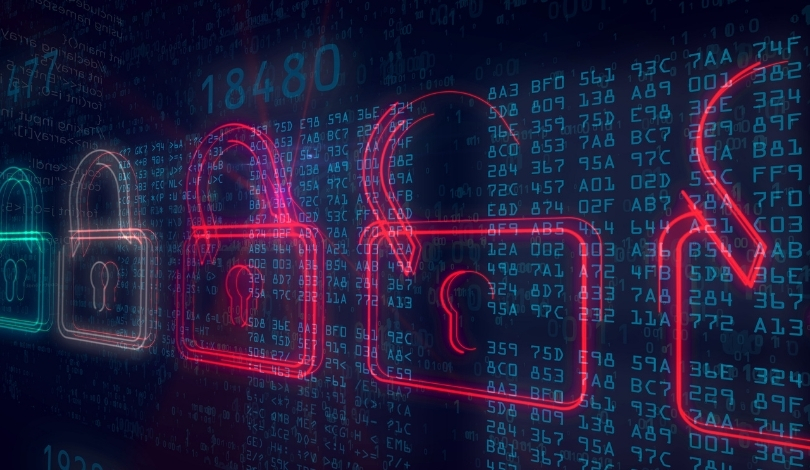Cybersecurity experts have provided a comprehensive weekly summary of the latest threats, vulnerabilities, and attacks in the digital world. This summary is essential for staying updated on new risks and the evolving tactics used by cybercriminals. It also emphasizes the importance of proactive defense measures and situational awareness in combating these threats.
The Cybersecurity and Infrastructure Security Agency (CISA) is an organization that focuses on enhancing the security, resilience, and reliability of our nation’s cybersecurity and infrastructure. Established to mitigate and manage risks, CISA works closely with various sectors to ensure the safety of critical infrastructures. Their advisories and updates play a crucial role in maintaining the security posture of organizations and individuals.
Recent reports have highlighted the increasing sophistication of cyberattacks. For instance, Bondnet has been utilizing high-performance bots to carry out extensive automated attacks, causing significant disruptions. Similar concerns were raised with the discovery of Discord-based malware, DISGOMOJI, targeting Linux systems in India by UTA0137. These instances underscore the persistent and evolving nature of cyber threats.
Advanced Malware Tactics
Further analysis reveals that North Korean actor Moonstone Sleet is distributing malicious NPM packages targeting both Windows and Linux systems. Additionally, SmokeLoader malware has demonstrated enhanced capabilities such as credential theft and system information gathering, making it a formidable tool in espionage campaigns. This highlights a growing trend where cybercriminals increasingly rely on sophisticated and modular malware to achieve their goals.
Hackers have also been found to exploit Windows Search to deliver malware, manipulating search results to trick users into downloading harmful files. This method shows how traditional user interactions can be manipulated for malicious purposes. Black Basta ransomware actors have exploited a Windows zero-day privilege escalation vulnerability, further indicating the ongoing challenge of mitigating zero-day threats.
Rising Threats to Infrastructure
Chinese state actors have compromised over 20,000 FortiGate systems globally using COATHANGER malware. Despite security updates, these threat actors retained access to many systems, underscoring the need for robust and continuous security measures. Investigators have also noted the use of ValleyRAT, a remote access tool employing advanced techniques such as DLL sideloading and anti-AV evasion.
APT groups have leveraged Google OneDrive to host and distribute malware, illustrating how legitimate cloud services can be repurposed for malicious activities. MultiRDP malware allows attackers to control multiple RDP sessions simultaneously, increasing the potential impact of cyberattacks. The UNC5537 group’s hijacking of the Snowflake data platform underscores significant breaches affecting multiple organizations and exposing sensitive data.
Cybercriminals have also developed OTP bots capable of bypassing two-factor authentication mechanisms, posing severe risks to the security of online accounts. This automation of intercepting and using one-time passwords represents a considerable threat to digital security.
Kulicke & Soffa experienced a data breach, exposing sensitive employee and customer information. Similarly, 23andMe is investigating a breach that potentially exposed millions of users’ personal information, raising concerns over the security of genetic data. A cyberattack on a Japanese video-sharing website further highlights vulnerabilities in online platforms.
FortiOS faced a critical vulnerability allowing unauthorized command execution, while Microsoft released patches addressing remote code execution and privilege escalation vulnerabilities. Google’s Chrome 126 update and VLC Media Player vulnerability fixes are crucial for maintaining system security. Lastly, a zero-click RCE flaw in Microsoft Outlook signifies ongoing zero-day threat challenges.
The delay in recalling a Windows AI feature due to technical issues and CISA’s urging administrators to implement critical updates emphasize the importance of timely and proactive cybersecurity measures.
Regular updates and vigilance are critical to mitigating the risks posed by these evolving threats. Staying informed and implementing timely security measures can significantly enhance the defense against cyberattacks. It’s crucial to prioritize patch management and remain aware of the latest advisories from security agencies like CISA to safeguard digital infrastructures.










